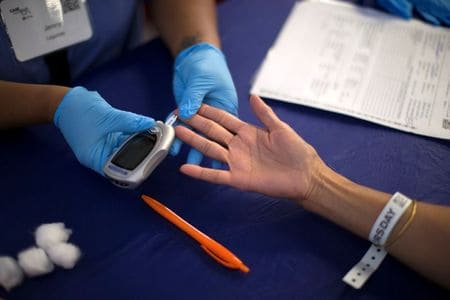C-peptide levels decrease in type 1 diabetes, while many long-term patients maintain detectable amounts. Histological examinations demonstrated the presence of β-cells after the beginning of type 1 diabetes. For a study, researchers compared C-peptide decline in the UK Genetic Resource Investigating Diabetes (UK GRID) cohort (N=4,079) to β-cell loss in pancreas donors from the network for Pancreatic Organ donors with Diabetes (nPOD) biobank and the Exeter Archival Diabetes Biobank (EADB) (combined N=235), stratified by recently reported age at diagnosis endotypes (<7, 7-12, ≥13 years) across increasing diabetes duration.
Beyond the first year after diagnosis, the proportion of individuals with detectable C-peptide decreased, but this was most pronounced in the youngest age group (<1 duration: age <7 years: 18 of 20 [90%], 7-12 years: 107 of 110 [97%], ≥13 years: 58 of 61 [95%] vs. 1-5 years postdiagnosis:<7 years: 172 of 522 [33%], 7-12 years: 604 of 995 [61%], ≥13 years: 225 of 289 [78%]). A similar pattern was found in β-cell loss, with individuals diagnosed at younger ages reporting a faster loss of islets containing insulin-positive (insulin+) β-cells 1 year after diagnosis: <7 years: 23 of 26 (88%), 7-12 years: 32 of 33 (97%), ≥13 years: 22 of 25 (88%) vs. 1-5 years postdiagnosis: <7 years: 1 of 12 (8.3%), 7-12 years: 7 of 13 (54%), ≥13 years: 7 of 8 (88%).
The findings should be taken into account in the design and interpretation of intervention trials aimed at promoting β-cell retention and function.


